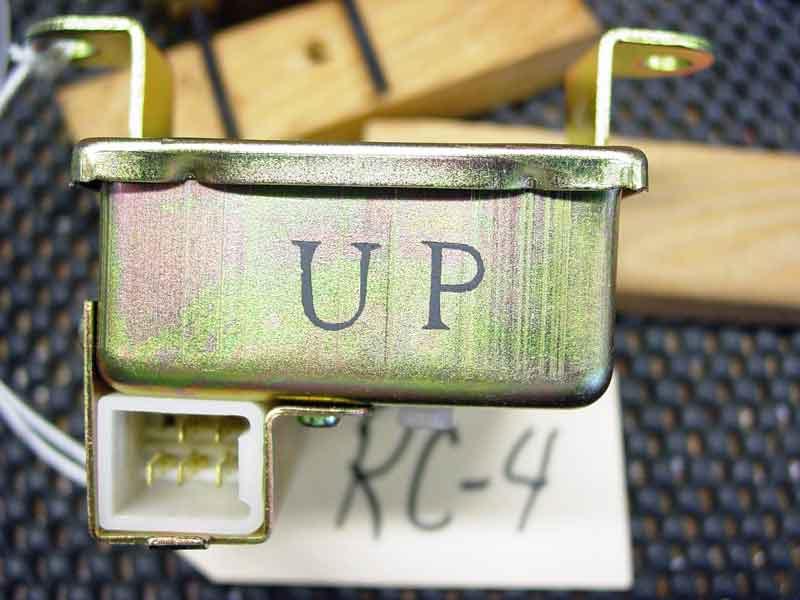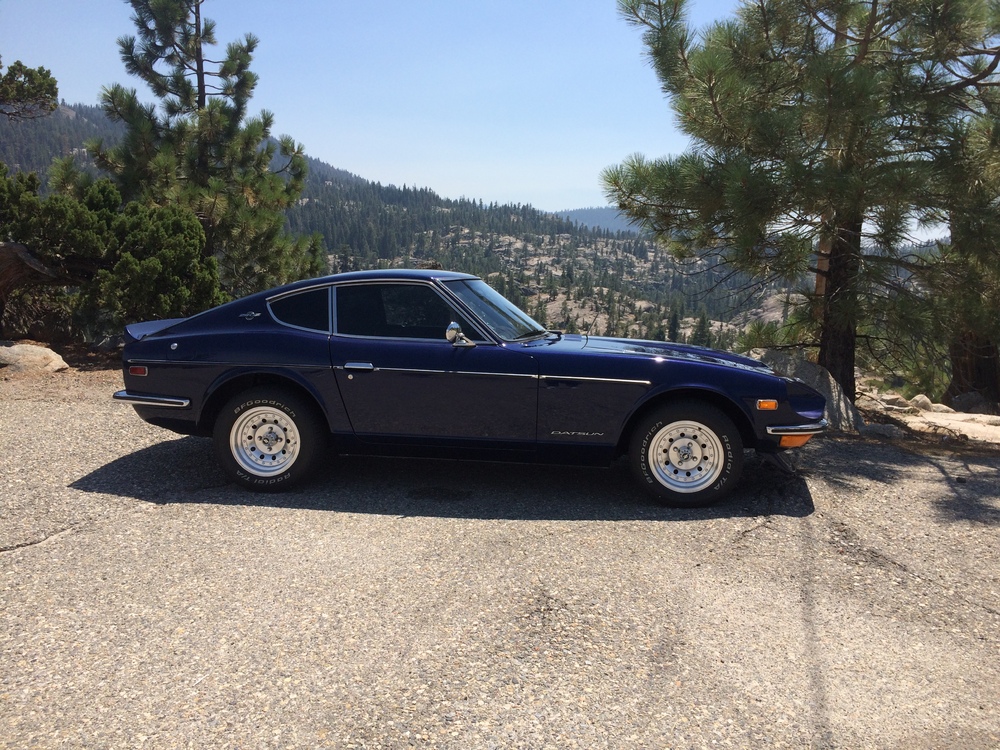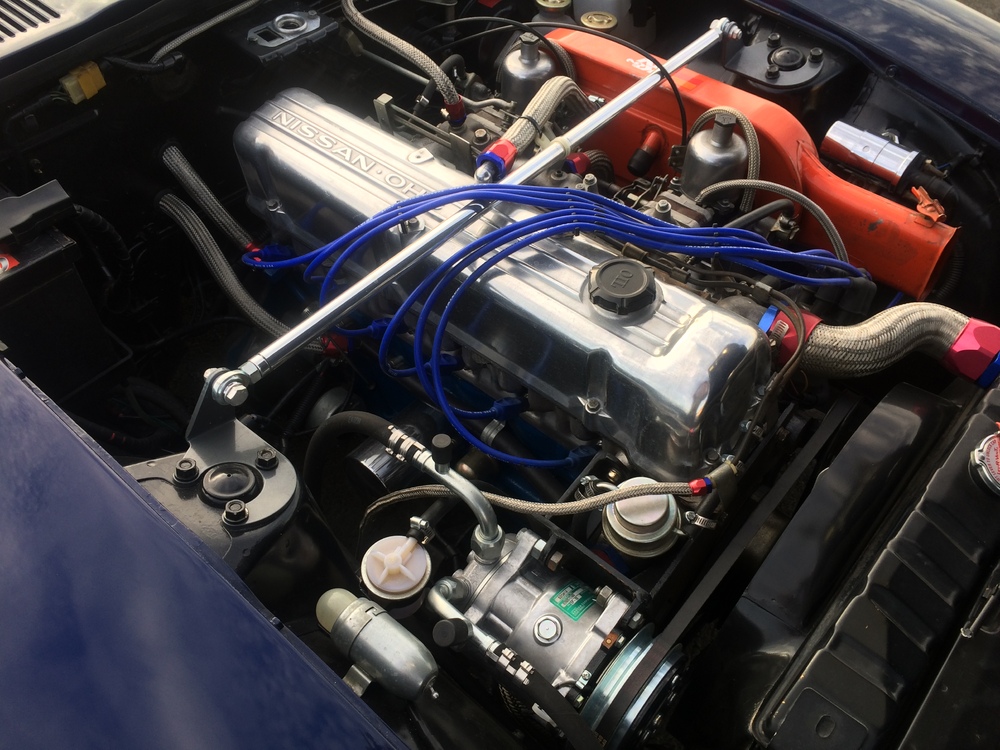Three heat sources are there - conductive (what you're talking about above), radiative (anything hotter than the fuel line will radiate heat across space to the colder object), and convective (hot air blowing over colder objects and losing heat energy). They're all in play and hard to tell which way the heat is going, in or out, or which one is more powerful. I feel nerdy now...
At the other end of the circuit, the return line in to the tank, the fuel is bringing heat back from the engine bay. The tank contents warm up over time. Could be that deadhead systems don't benefit from insulation and return systems do. Or the size of that orifice is critical for more than just pressure. Cool fuel. Didn't someone mention insulating the mounting points of the fuel rails, somewhere back in this thread or another. That could remove the conductive path.
Interesting topic. I've put lots of thought in to the EFI analog. I have insulation for both convective and radiative heat sources, heat from the exhaust manifold, but left the rail (aluminum) uninsulated so that it could lose heat from the injectors. The convective effect seemed to be pretty large, lots of heat coming up from the hole in the center of my exhaust heat shields. Tiny hole, lots of channeled hot air.
How about a radiator for the fuel?







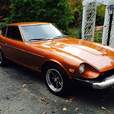

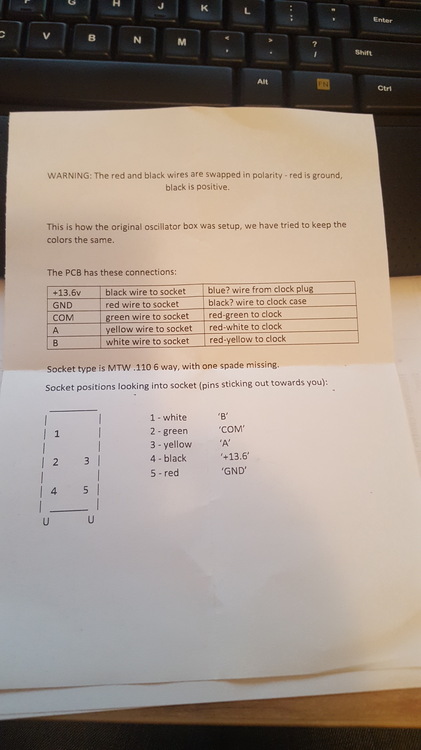
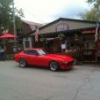
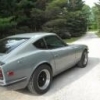

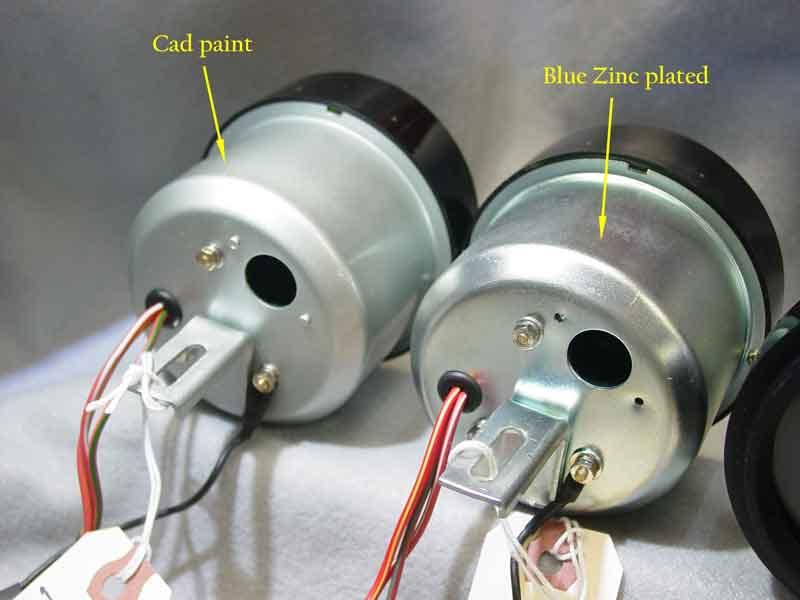
.jpg.865598d091dc5456fca1c6c77ed10636.jpg)
.jpg.3c8160f20d0cc41cafe2e63640f4dab4.jpg)
.jpg.d4466d7903d86d9dd83762cf8b06db11.jpg)
.jpg.81daa98527b2b50087a9019501a7556a.jpg)
.jpg.45b57c7995c158d0b938900a1e413d96.jpg)
.jpg.f1e1bad67a69814bc5d8c36c207cad81.jpg)
.jpg.d18e9b9eb5ceb4904d8b9e056ab0d1fd.jpg)
.jpg.dfd008eff0ca9b7a0e547a189d38edaa.jpg)
